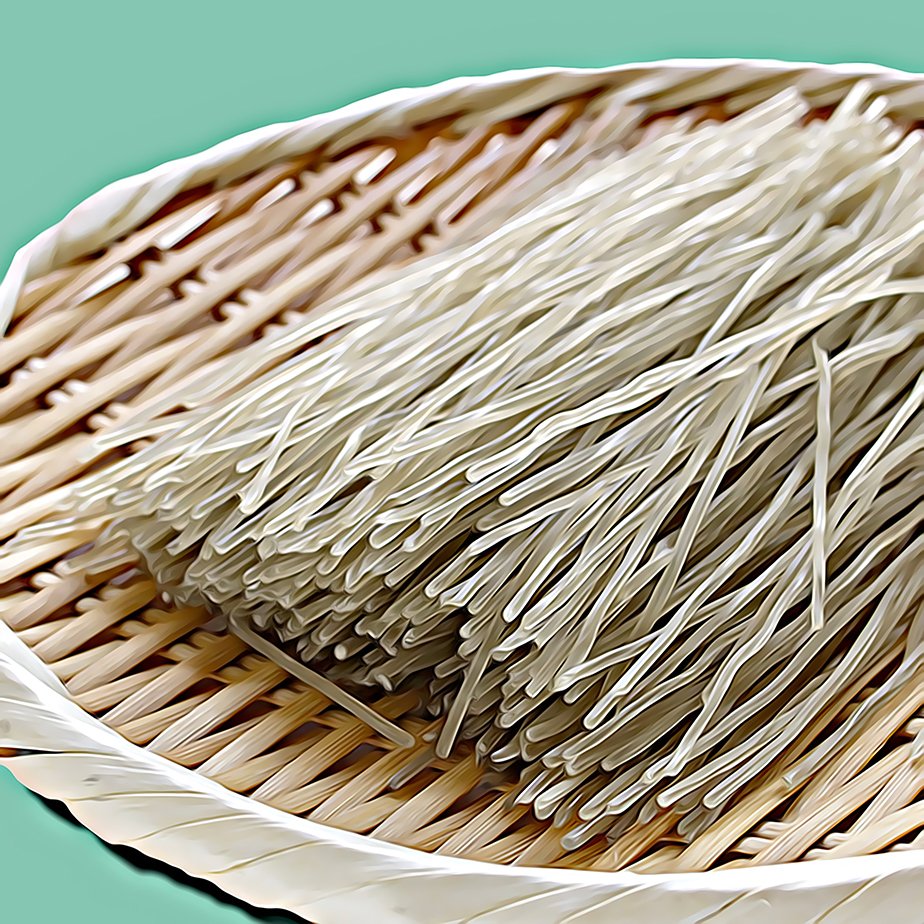Burghul
Also known as bulgur or cracked wheat, burghul is a nutritious staple in many cuisines, particularly Turkish. Because rice was expensive in the Ottoman era, bulgur, which was cheaper, became a staple. A grain product made from different types of wheat, primarily durum wheat, it’s made through a process of parboiling, drying, and cracking to give the distinctive texture and flavour. First, the wheat grains are soaked in water to soften, then they are partially cooked to make them easier to digest. Next, the grains are dried and then cracked into smaller pieces, resulting in the final product The process not only enhances shelf life, but also retains essential nutrients from the grain. Generally the bran is removed from the wheat during processing but you can buy wholegrain bulgur (it’s a brownish-red colour) which still has the bran intact. The flavour is a bit more assertive though and mostly the yellower, more refined burgher is preferred. FYI bulghur has a lower glycemic index than rice, more fibre than pasta, and contains vitamin B1, folic acid and potassium. To maintain its freshness and flavour, store burghul in an airtight container in a cool, dry and dark place. Properly stored, it can last for up to a year and we even freeze ours, particularly the coarser sort.
Burghul comes in different varieties, categorised by the size of the cracked grains:
Fine burghul: This type has smaller, finer grains, which sometimes (but not always) need to be soaked in hot water for about 10 minutes before using (about 2 cups water per 1 cup bulgur).This burghul is commonly used in salads, particularly tabbouleh, where it’s not soaked first; it absorbs juices from the other ingredients and retains a little crunch. Fine burghul is also used in köfte; Turkish brands often label this type of bulgur ‘köftelik’. It also features in certain desserts such as kesari, a sweet Indian dish. Because it is more processed than other types of burghul, it’s not quite as nutritious.
Medium burghul: With slightly larger cracked grains, medium burghul is slightly heartier, but you can still just soak it. Soak for about 15 minutes or according to the packet directions). It can also be cooked on the stove top and is used in kibbeh, soups, stuffings and some pilafs. It can also be made into a sweet porridge.
Coarse and extra coarse burghul: The largest grained burghuls, these are the least processed and retain the most fibre, vitamins, and minerals. Their texture is pleasantly chewy even after cooking. They need to be well boiled (for about 15 minutes, but check the packet) and are ideal for dishes like kibbeh, hearty stews and pilafs; these types of bulgur will often be sold as ‘pilavlik’ by Turkish brands. Coarse burghuls can be cooked in stock with herbs and spices to infuse for extra flavour and unlike rice, don’t require resting after cooking.






